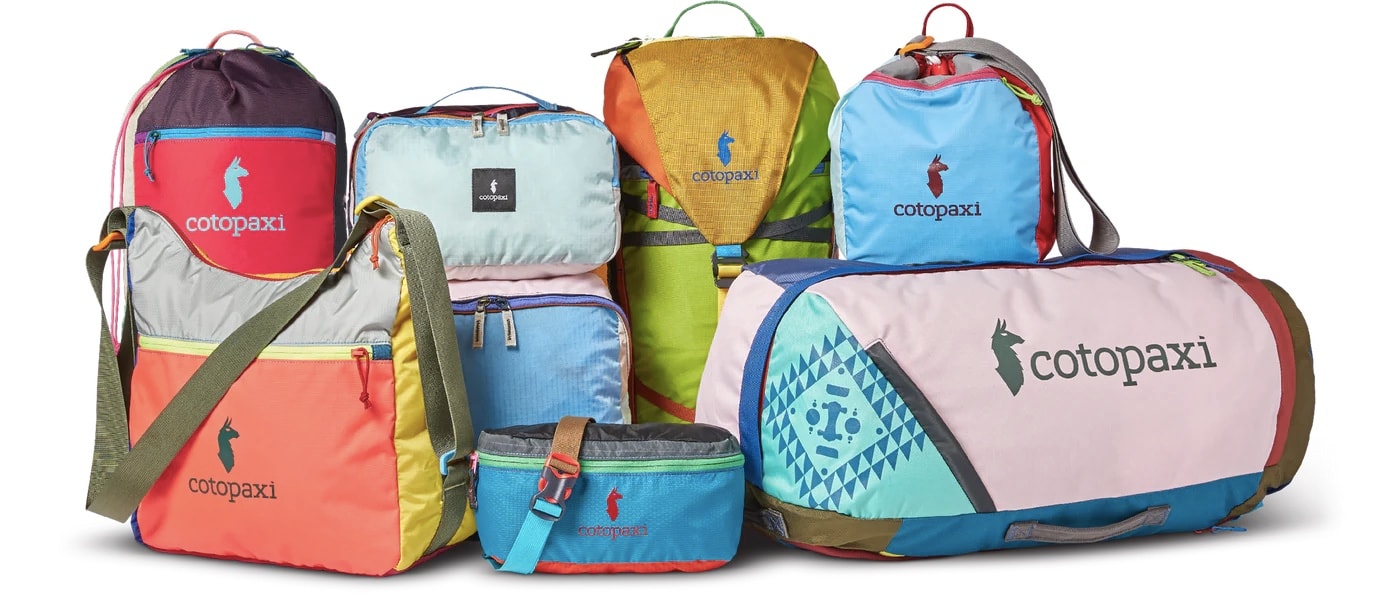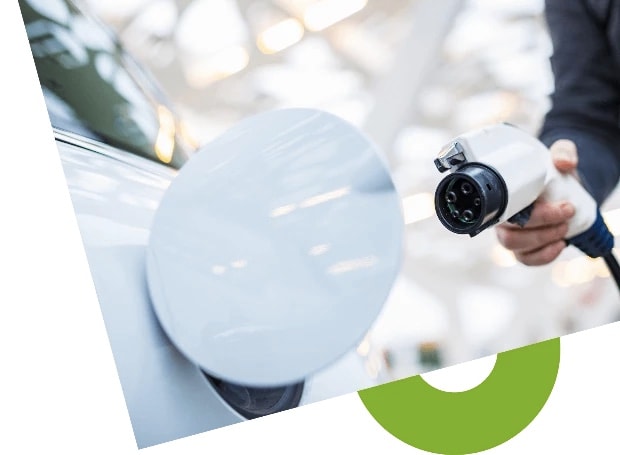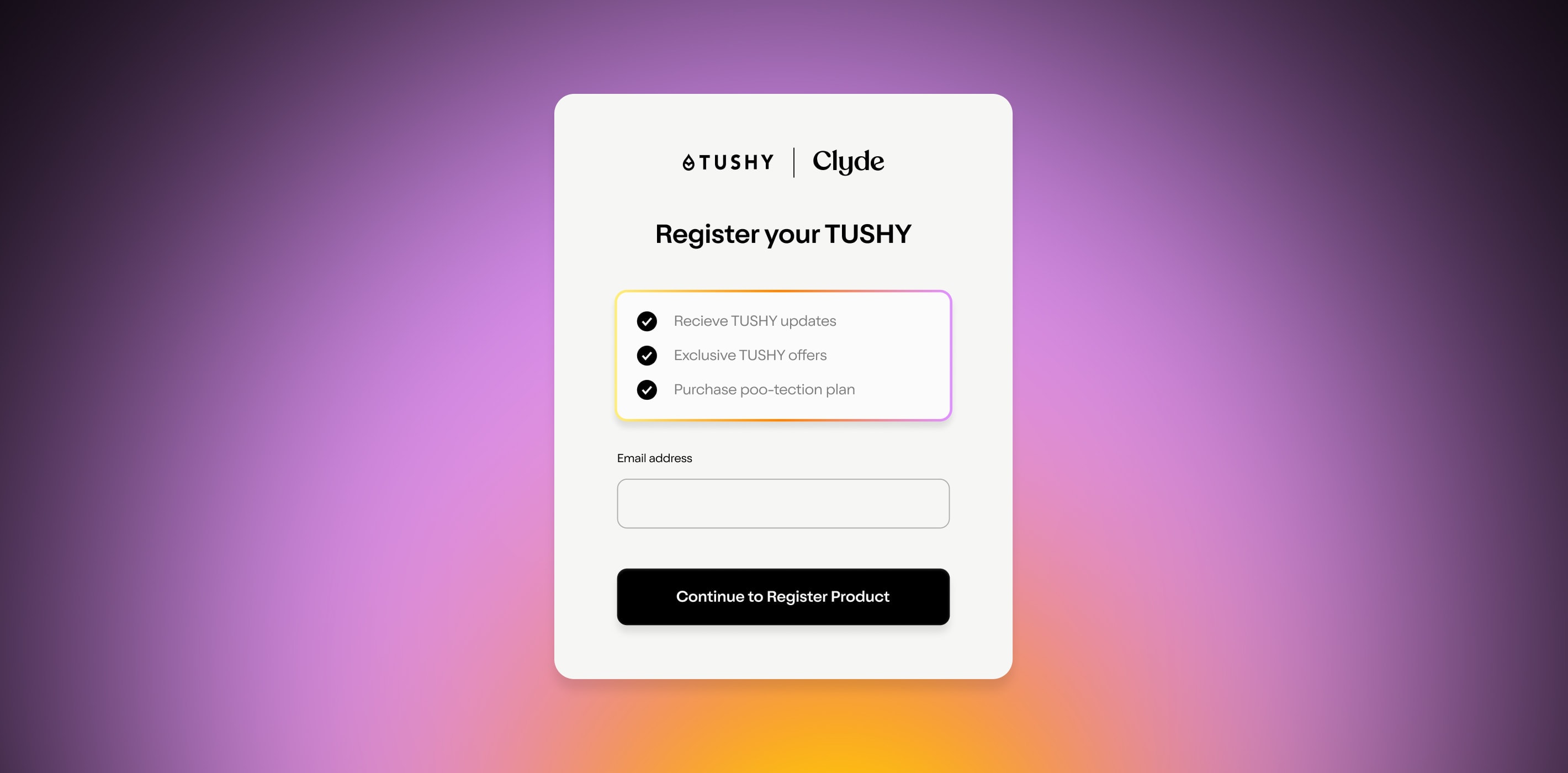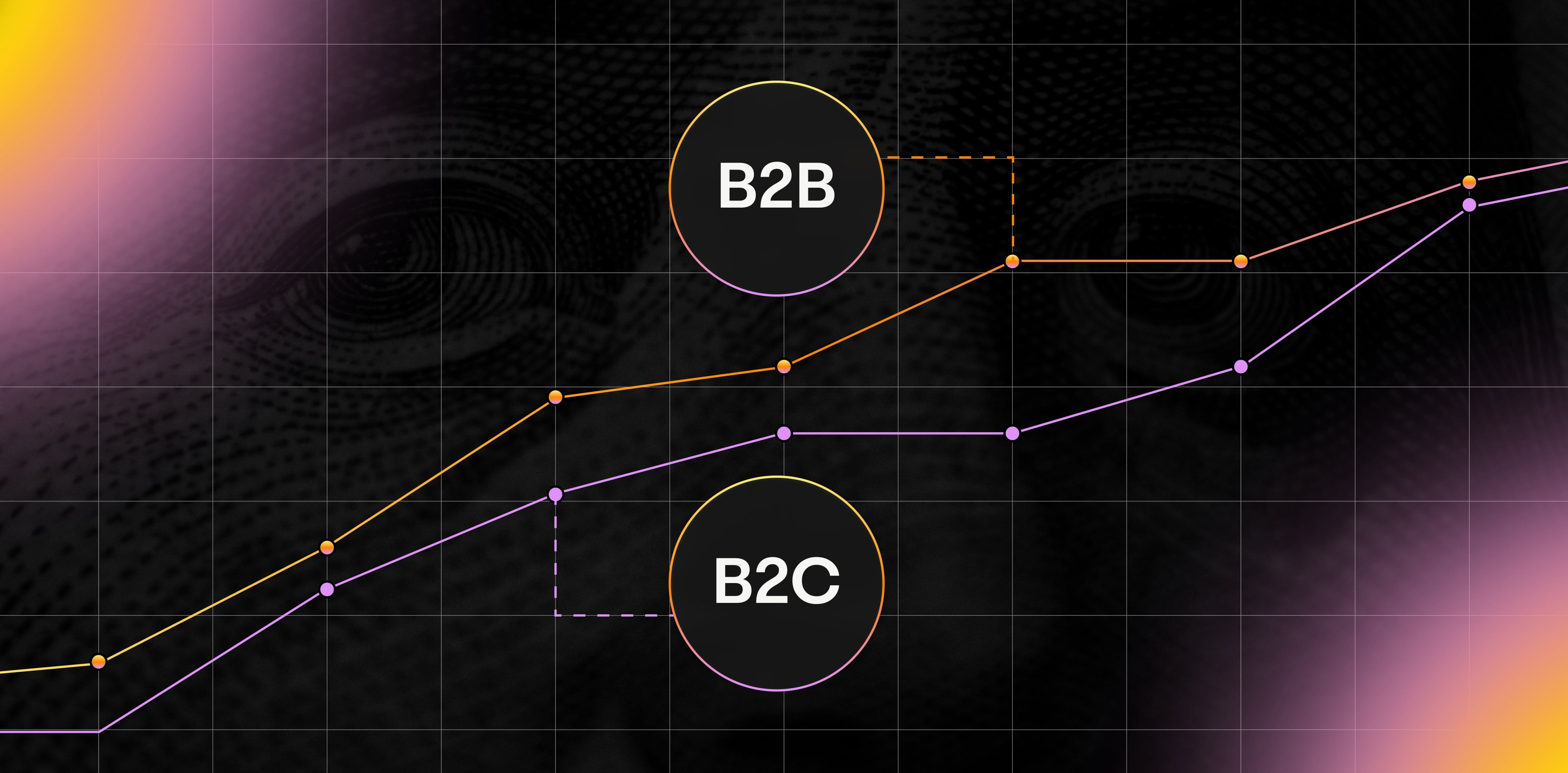Embracing a More Sustainable Future — And How A Repair Program Can Help
No new clothing. Or notebooks. Or cookware.
Elizabeth Chai decided she was going to buy nothing in 2020. (Aside from food, toiletries, and other things that needed to be replaced.) When the pandemic began, she followed her commitment, despite being stuck inside.
The New York Times profiled Chai in a trend story on people buying less in order to “minimize [their] impact on the planet.”
Not everyone takes it as far as a “buy nothing” pledge, but Chai isn’t alone in deciding to buy less.
A 2019 study found that millennials tend to engage in one of two pro-environmental behaviors:
Reduced consumption, which includes repairing instead of replacing purchases and not making impulse buys
“Green buying,” or buying goods that are produced in ways that are less harmful to the environment, such as with reduced materials
And the more eco-aware — and less materialistic — that consumers are, the more likely they’ll engage in reduced consumption.
Giving your customers the option to repair products if and when they break isn’t just environmentally helpful. It also helps you stand out from the crowd. 73% of Gen X, 71% of millennials, and 75% of Gen Z rate a brand’s commitment to sustainability as more important than brand recognition, per a Wharton study .
Read on for more context on consumers’ green behavior, including why the best message to win their business is one that ensures peace of mind: they’re buying quality goods from you, and if something happens to those goods , they won’t have to throw them out — you’ll facilitate the repair.
Growing individual action
85% of people around the globe have changed their purchase behavior, including simply purchasing fewer things, in order to be more sustainable, per consultants Simon + Kucher’s 2021 Global Sustainability Study.
That interest in sustainability, and belief in the importance of individual action, is driving huge changes across industries. For example:
85% of consumers have decided not to purchase something from a company because they thought the company did not do enough about climate change, per a study on corporate social responsibility (CSR) led by data company Exasol.
The secondhand apparel market is on track to grow 127% by 2026, which is 3x faster than the global apparel market, per ThredUp research .
The amount of online searches for sustainable goods has risen 71% in the past five years, per a WWF report .
Being concerned about the impact of one’s personal consumption on the environment is well-founded. The Environmental Protection Agency calculates that 42% of U.S. greenhouse gas emissions come from the energy used to produce, deliver, and dispose of our food and goods.
But it’s not just individuals.
We’re at a corporate inflection point when it comes to sustainability
Not only do more people care about the environment — but more and more companies do, too.
Some of them are the Patagonias and the Ben and Jerry’s of the world — companies with mission statements like “We’re in business to save our home planet ,” who actively believe that corporations can and should be making a positive impact on the planet.
Some of those companies, though, are just being practical. They want their share of the $150 market for sustainable products in the U.S.
As companies embrace sustainability both because it’s the right thing to do and because consumers care about it, there will be long-lasting impacts on how they make and position their products and services, as well as how they themselves run.
For example, consider these recent trends in corporate behavior:
Creating “internal carbon fees.” Microsoft charges its internal business units $15 per metric ton for all emissions they create. That includes everything from the exhaust from trucks transporting its PCs, to the energy cost of the light used to keep its offices bright, to the carbon impact of a business flight. Employees see the fees throughout the course of doing business, and have to pay them out of their department’s budget, which helps motivate them to make climate-conscious business decisions.
Embracing the four-day workweek. It’s not just about maximizing productivity. Companies that only work four days a week may also be cutting their carbon emissions and helping the climate, says The Washington Post .
Redirecting company focus. Last fall, Nestlé announced a major rebrand with a new motto: “Generation Regeneration ”. The campaign, which centered around regenerative agriculture, is a step change from their previous “Good Food, Good Life” focus — and they’re just one company of many who are repositioning themselves through commitments to taking action to protect the planet.
Alongside those changes, companies are also introducing more eco-friendly products, committing to slashing emissions, staying permanently remote, and encouraging responsible consumption.
Read on for some specific examples of what that looks like.
How 4 companies have turned towards environmentalism
Looking for inspiration on how businesses are courting consumers — and working to protect the planet — by embracing environmentalism? We’ve gathered some up for you.
1. Klarna’s Give One initiative
Would you like to know the environmental impact of the purchases you make?
Klarna is betting that you do.
The BNPL processor launched an in-app carbon footprint tracker so that its customers “can see the climate impact of the shopping they do in the Klarna app through average kgCO2 assessments made on each transaction.”
When the company released the tracker , Klarna also announced a $10 million commitment to climate and biodiversity products and an internal carbon fee.
2. Cotopaxi’s Re(Purpose) products
Waste not, want not — that’s the idea behind outdoor retailer Cotopaxi’s new Re(Purpose) collection .
For instance, their line of Del Día bags, which include backpacks, hip bags, and totes, all contain multiple colors. That’s less by design and more by circumstance. The bags are made from 100% repurposed fabrics. Here’s how it works: the company gets high-quality factory scraps from other companies’ production runs, keeping it out of landfills, and instead turns it into these unique creations.
Each bag includes slightly different colors, and buyers who choose the “surprise me” option — and thus don’t express a preference for any color scheme — get a lower price.
3. Ovo’s smart EV charging campaign
Using an electric car instead of a traditional gas-fueled one can help the environment, sure. But what if you could go one step further?
UK energy provider Ovo educated consumers about smart chargers, which are designed to figure out the best time for your car to charge considering energy prices and pressures on your city’s electric grid.
To make matters sweeter? They even offered their customers a £70 voucher to purchase one of the leading smart chargers.
4. REI’s expanded trade-in program
There’s commerce. There’s ecommerce. And per a 2020 REI press release , there’s also recommerce.
The co-op identities three parts of its recommerce business: used-gear pop-up stores ; its trade-in program, where members can send or drop off “gently used ” gear and get a gift card for new gear in return; and its online resale shop.
In 2020, REI’s recommerce shop was up “nearly 100%...in part due to demand from millennial customers who prioritize renting or purchasing used over buying new gear.”
It’s another example of a win-win-win: customers get access to lower-priced products; older gear is given a new life; and individuals on both sides of the deal can reduce their carbon footprint.
Embracing the sustainable part of the ownership experience
Per a PwC 2021 survey , half of all global consumers have become even more eco-friendly during the pandemic.
For many of them, a key eco-friendly behavior is seeking to repair items when needed instead of replacing them. For example, in a survey conducted by Deloitte UK , half of respondents said they had repaired something in the last year.
Offering repair options as part of an extended warranty Clyde’s ownership enrichment platform gives your customers peace of mind while also allowing them to live out their eco-friendly values — and even share yours.
It’s about enriching the ownership experience . Extended warranties, product registration, streamlined claims processes are all part, and so is allowing customers coverage in case of accident or issue that allows them to consume in line with their conscience.
A future built on green principles
The research firm and newsletter Charter recently interviewed Paul Anastas, co-author of The Sustainability Scorecard and director of the Center for Green Chemistry and Green Engineering at Yale.
Here’s what he said about how sustainability is shifting to be a core component of companies, versus something to tack on to the end of regular business:
“Right now our society and our economy are based on materials and energy that are toxic, depleting, and degrading of the environment. The green principles are that you want to make them helpful rather than toxic, renewable rather than depleting, and restorative rather than degrading of the environment.”
We like those three principles as something to build around. And they certainly all apply to a customer-centric sales model that encourages responsible consumption, facilitates repair versus just replacement, and gets creative about new products and service models that support not just the bottom line but the earth, too.
Ready to embrace extended warranties and the environmental benefits they allow? Let us show you what Clyde can do .
SIGN UP FOR OUR NEWSLETTER























